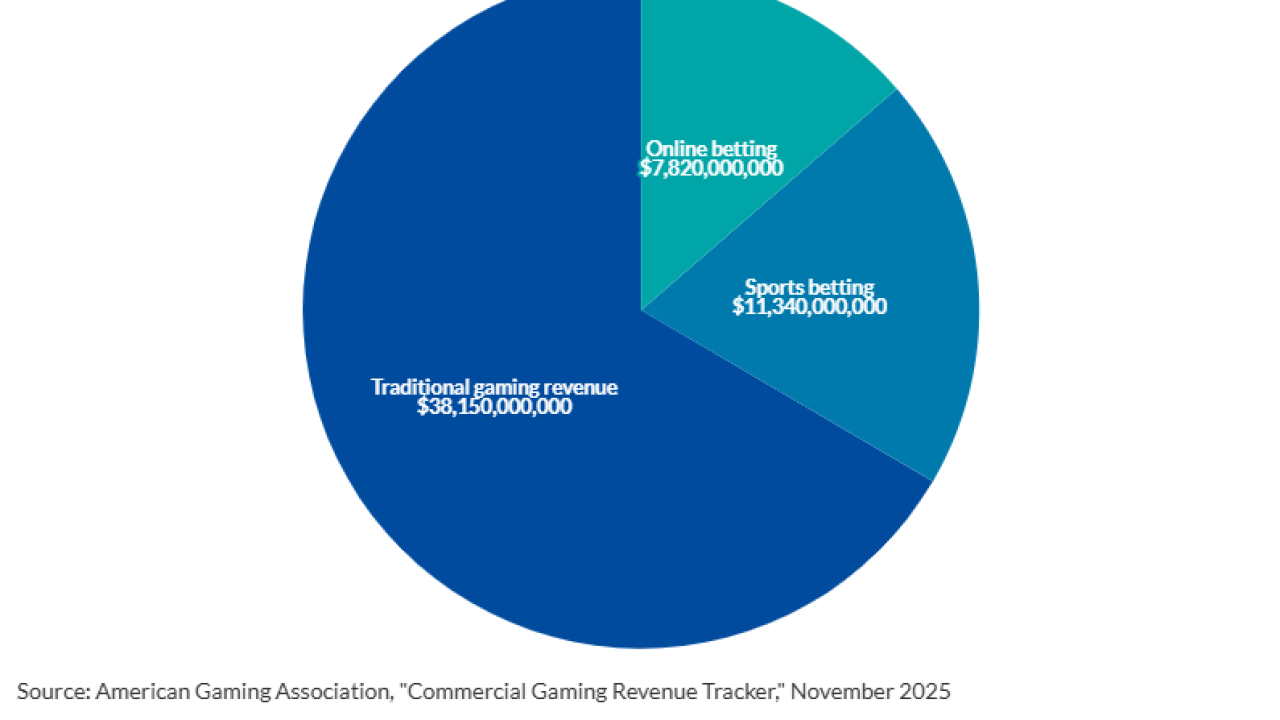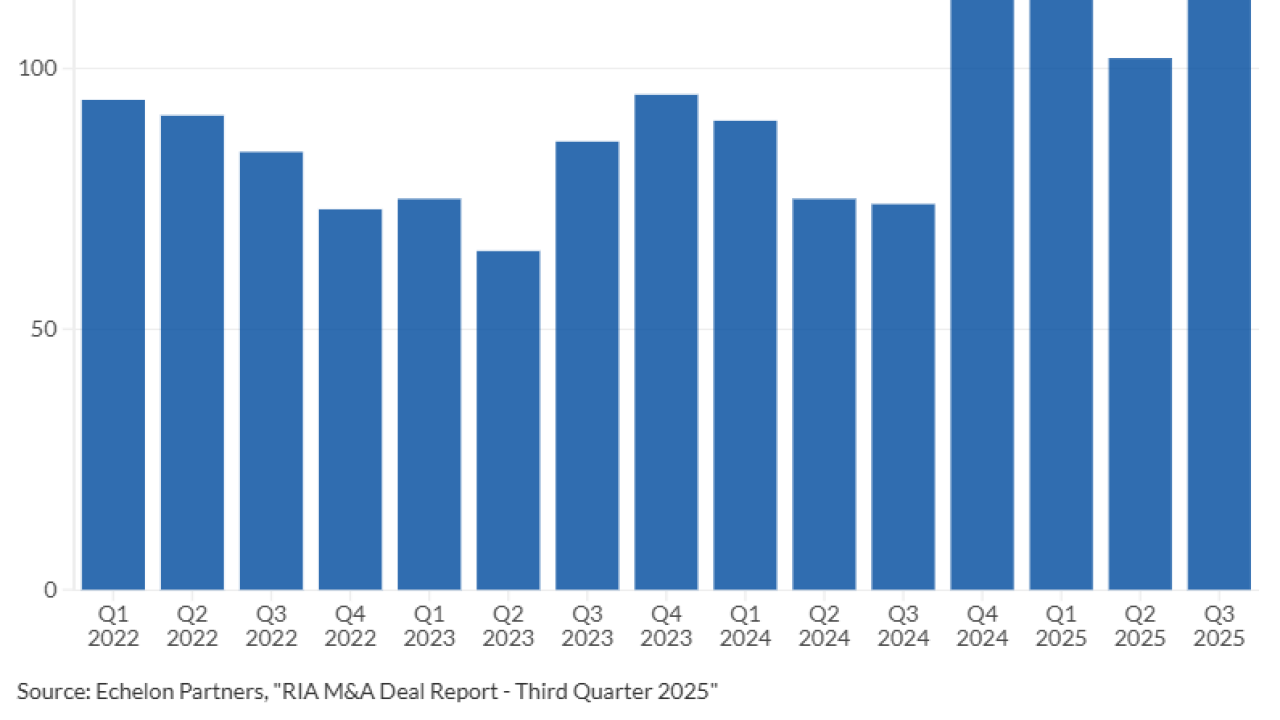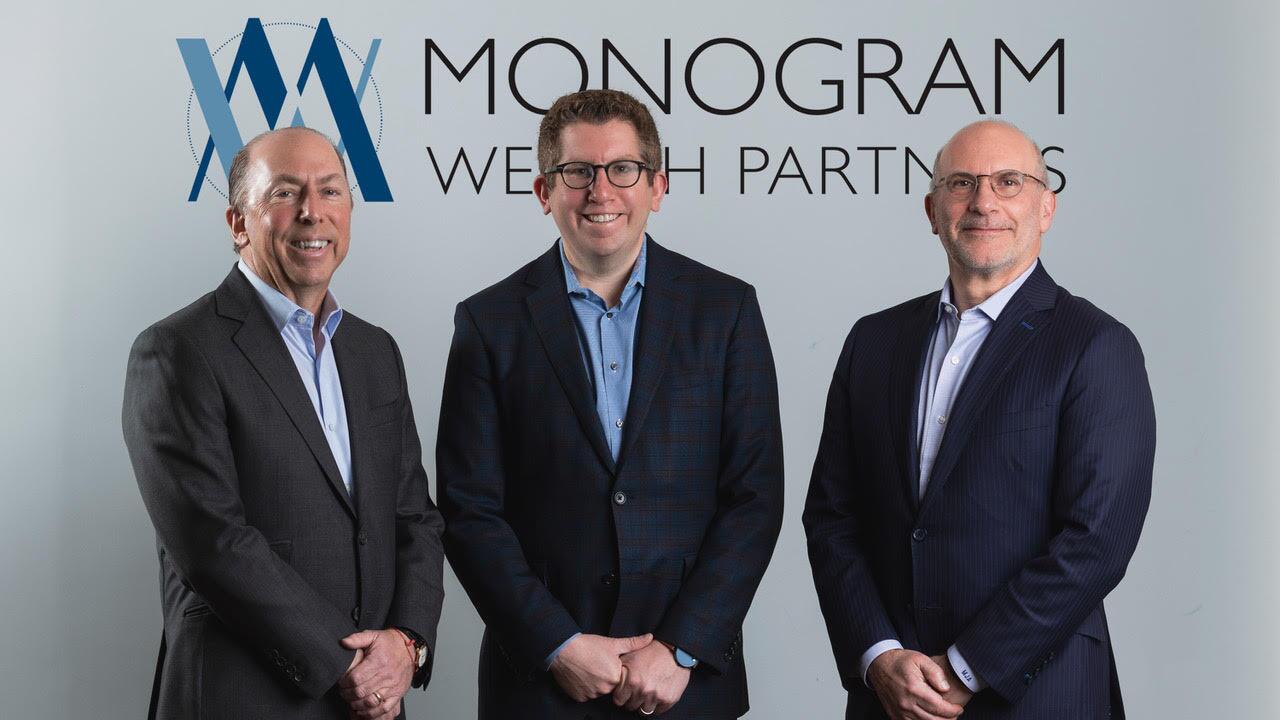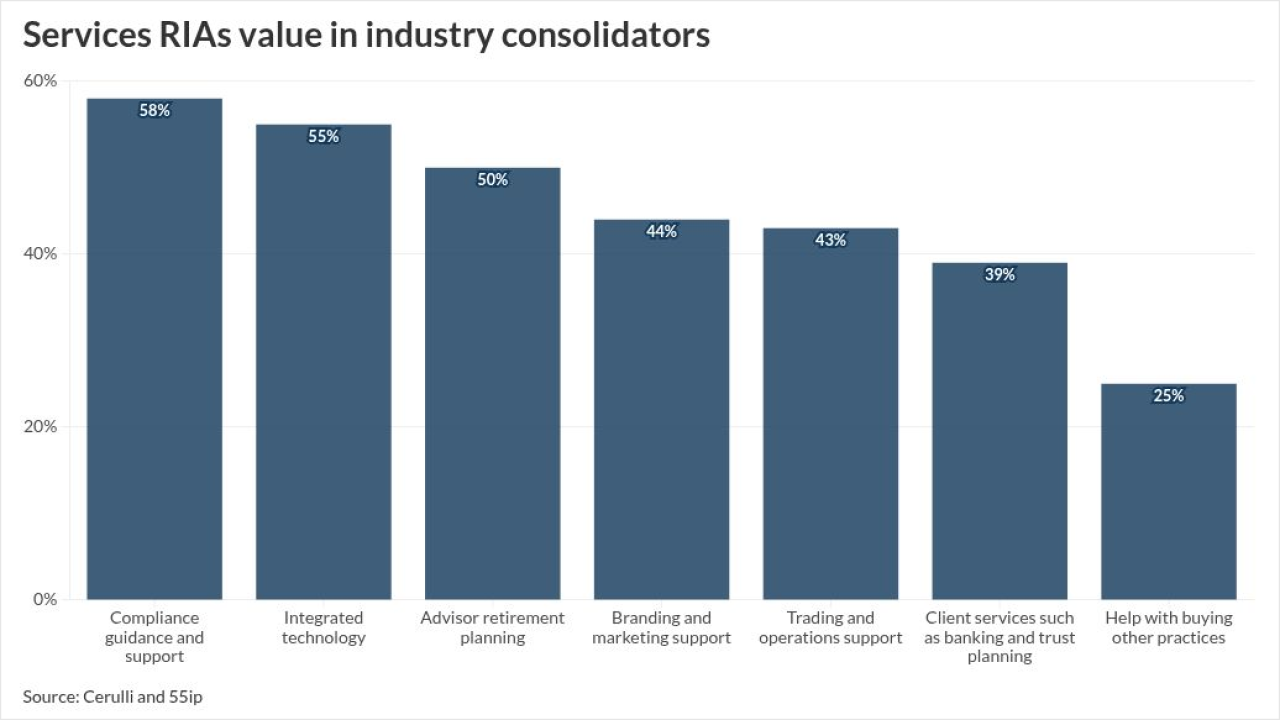The Treasury Department and the Internal Revenue Service issued guidance Tuesday on qualified opportunity zone investments in rural areas under the One Big Beautiful Bill Act.
Opportunity zones were originally created under the Tax Cuts and Jobs Act of 2017 as a way to encourage investment in economically disadvantaged areas by providing tax breaks to developers, and the OBBBA expanded the tax break this year.
Treasury officials who asked not to be identified noted during a press briefing that this is the first guidance on opportunity zones since the passage of the OBBBA, and more guidance will be issued in the months ahead.
The OBBBA modified the substantial improvement threshold for improvements to property located in a QOZ composed entirely of a rural area. As of July 4, 2025, the substantial improvement threshold for required additions to the basis for property located in these QOZs was reduced from 100% to 50%.
These changes aim to offer enhanced OZ tax incentives for investing in underserved rural areas and to address the unique challenges of rural development. There are currently 8,764 QOZs in the U.S., according to the Treasury, many of which have experienced a lack of investment for decades. The notice released Tuesday by the Treasury and the IRS identifies 3,309 of those OZs as composed entirely of a rural area. A list of all current, designated QOZs can be found in
Notice 2025-50 applies to all tangible property located in an opportunity zone entirely comprising a rural area on or after July 4, 2025, and that has been, or is in the process of being, substantially improved. The Treasury and the IRS expect to issue future guidance on the forthcoming round of opportunity zones authorized by the OBBBA, including the nomination and designation procedures.
The guidance Tuesday is with respect to the first round of OZs that were already designated back in 2018 after passage of the TCJA in 2017, according to Treasury officials.
Opportunity zones offer various tax incentives, officials noted, allowing investors to reinvest their capital gains into opportunity zones through investment vehicles known as qualified opportunity funds. Investors can obtain favorable tax treatment with respect to those capital gains, such as deferral of those gains. In some cases where the investment is held for a decade or longer, they can obtain exclusion of the gain in the taxpayer's income.
Tuesday's guidance is narrowly targeted, focusing on applying the substantial improvement provisions under the opportunity zone program as it was modified by the OBBBA to improvements that were made in rural areas, which are a defined in the statute. If the qualifying opportunity fund invests in an existing tangible property, such as a building that is used in the trade or business of the fund for the opportunity zone business and it's located in the opportunity zone, the taxpayer can qualify for the tax benefits provided by the program if the basis of that tangible property doubles. The OBBBA modified that provision to provide a reduced 50% addition to basis for property that's located in a rural area.
For example, if a building was purchased in an opportunity zone for $1 million, and an investor needs an additional million dollars in improvement in order to qualify for opportunity zone benefit, if the building is located in a rural area that's defined in the OBBBA, under the new guidance the taxpayer would only need to make $500,000 in improvements to that property to qualify.
Additional guidance will be issued at a later date on the forthcoming round of opportunity zone nominations, certifications and designations that were authorized by the OBBBA.






